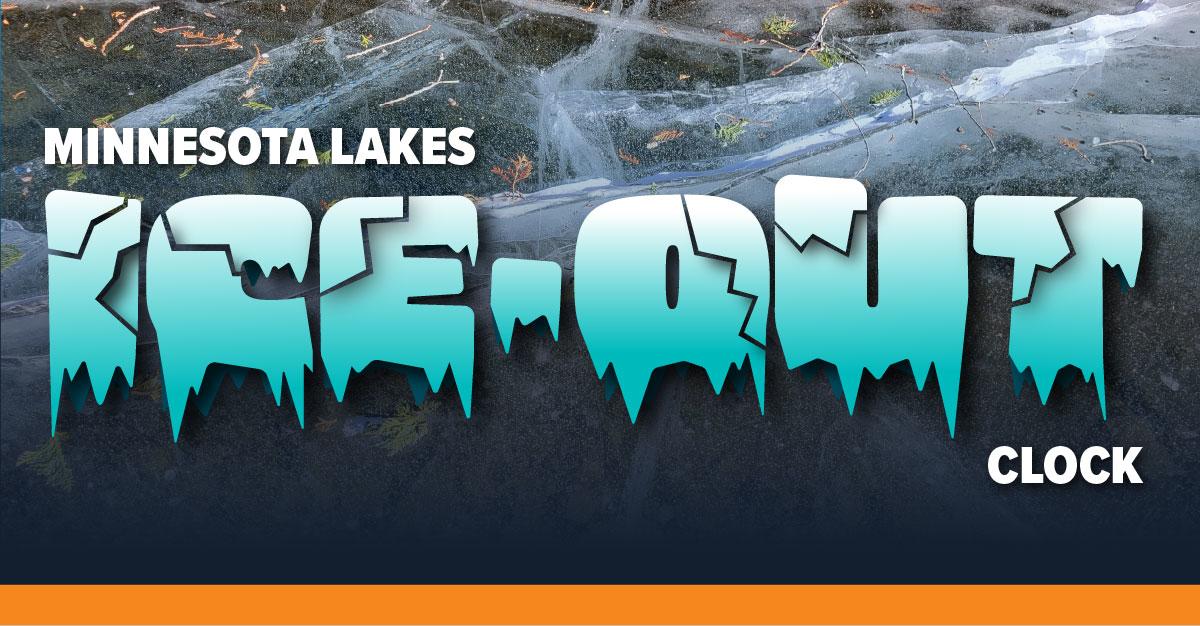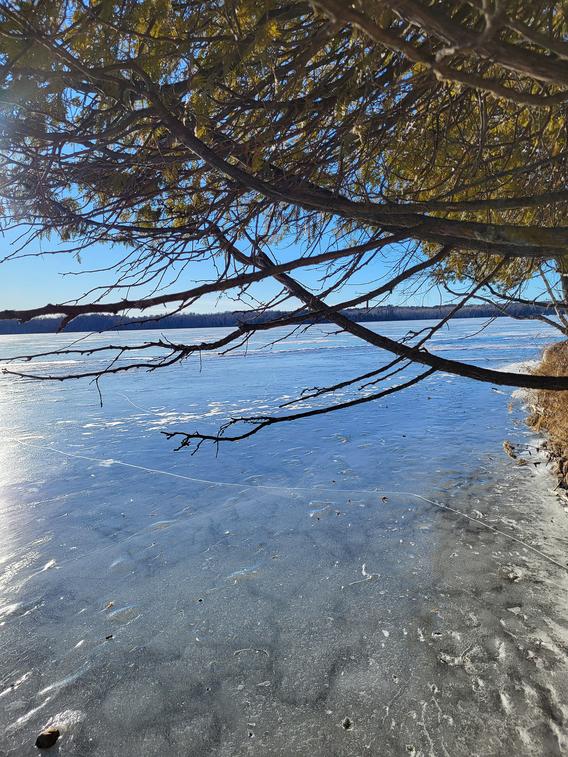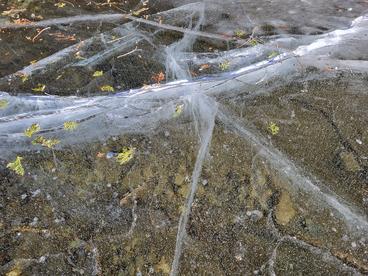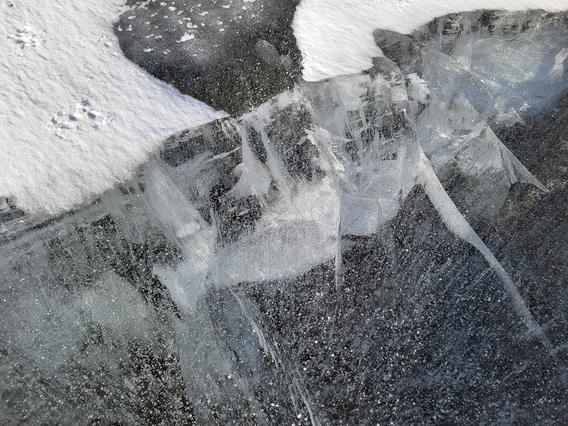Duluth, Minn. — “It’s the yin and yang of winter,” said John Downing, MNSG director and lead on the Lakes Ice-Out Clock project. “Some people want the ice to stay so they can skate or ice fish or snowmobile on lakes. Other people want the ice to go so they can put their boat or dock in the water.”
Downing will host the 2024 Minnesota Lakes Ice-Out Forecast webinar on Friday, March 8, from noon to 1 p.m. to explain how the clock works and how to use it. Registration is required.
New for 2024, the Minnesota Lakes Ice-Out Clock is more user-friendly and returns more accurate ice-out forecast results. When users select a digital pin on a map closest to their lake of choice and then select “Get Data,” the clock returns results for estimated ice-out dates for three sizes of lakes in the selected area.
“Restaurants, resorts, boat and tackle shops, they all want some kind of forecast that could help them make better business decisions to keep their businesses prosperous,” said Downing. “I heard from a NOAA colleague that the ice-out clock would be very useful for natural resources management. Being able to tie together ice out and aquatic vegetation phenology could help support efforts like wild rice restoration and protection by understanding how invasive and more warmth-adapted species may outcompete wild rice with changes in ice out from one year to the next.”
The forecasts generated by the Minnesota Lakes Ice-Out Clock are based on statistical analyses of past National Weather Service (NWS) weather data, ice-out dates recorded by the Minnesota Department of Natural Resources (MNDNR), lake location and size data from the MNDNR, and current season weather information from the NWS. Data back to the winter of 1963-1964 are included in the forecasts.
Forecasts will improve over the winter-spring season as the model accumulates additional weather data. And forecasts made in late winter will be closer to the actual ice-out date than earlier forecasts. And the accuracy of all forecasts depends on the specific local weather that occurs between the date of the forecast and the date of ice-out on each lake.
“This has been an extreme winter with little freezing weather and more melting weather which makes forecasting tricky,” Downing said. “For accuracy, we use data from NWS airport weather stations, which also means that forecasts for lakes closer to an airport weather station will have greater accuracy than lakes farther away from a station.”
Accumulated snow matters. Forecast ice-out dates will be 1-2 days later for every foot of accumulated snow on a lake. As the angle of the sun in the sky gets higher in the spring, it produces more radiation. Because of this, ice out on lakes in the northern half of the state may happen a few days later than forecast while lakes in the southern half may happen a few days earlier than forecast.
A few reminders when on or near lake ice.
- This clock does not predict when ice is safe for you.
- Your safety is your responsibility.
- Ice is never 100% safe and conditions can change rapidly.
- Forecasts give the most likely ice-out date at the time of the forecast.
Minnesota Sea Grant is a systemwide program of the University of Minnesota and one of 34 federal-university Sea Grant partnerships across the country that bring applied water science to communities. MNSG has staff and offices on the Duluth and St. Paul campuses. Our extension educators, researchers and communicators work with community members, local decision-makers, policy leaders, and personnel from resource agencies, business and industry to enhance the use and conservation of Great Lakes and Minnesota’s inland water resources to create strong and sustainable economies, healthy environments, and resilient and inclusive communities.
CONTACTS:
John A. Downing, Director, Minnesota Sea Grant, University of Minnesota and University of Minnesota Duluth, downing@d.umn.edu.
Marie Thoms, Communications Manager, Minnesota Sea Grant, University of Minnesota and University of Minnesota Duluth, methoms@d.umn.edu.



